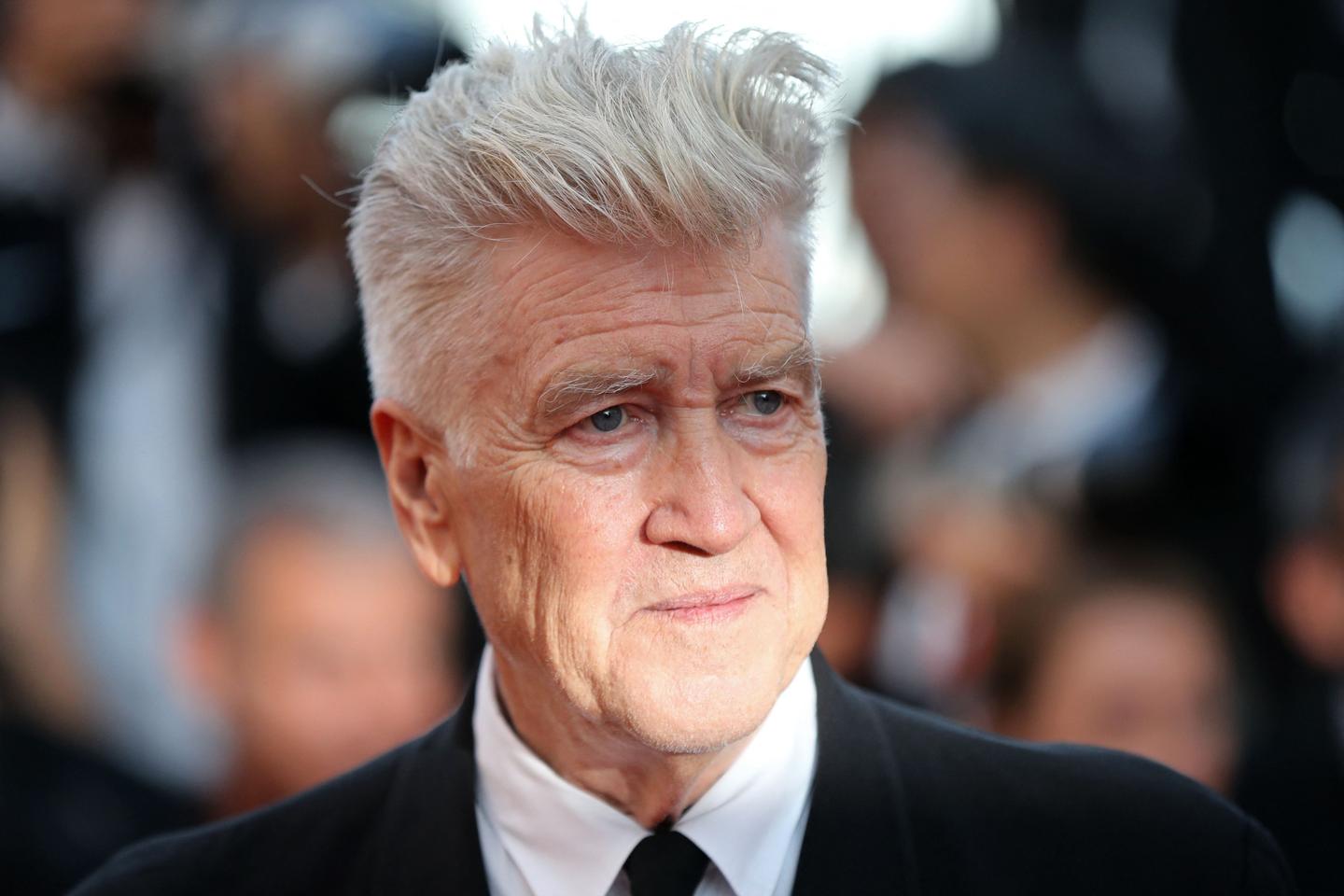


A full house in the spring of 1981, ready for David Lynch's Elephant Man. The popcorn was being gently shared before a leaden silence settled in. Then, during a scene where a man with a deformed head lets out a heart-wrenching scream while being harassed by a crowd in a restroom, a woman let out a scream of her own, followed by violent sobs. She got up to leave, and it felt like every spectator understood her, supported her and accompanied her. We remember this little miracle of emotional connection between the screen and the audience, much like we remember a Lynch film for the rest of our lives.
It's not a cry of fear but of humanity, echoing the words spoken just before by John Merrick: "I'm not an animal! I am a human being!" You don't leave a Lynch film out of disappointment but because of a painful alchemy with your own story.
A week after his death at the age of 78, there's no better way to say why the American filmmaker with the wacky brain and elegant courtesy is a rare and endangered species: a world-famous artist making films that are more about testing experience than mere entertainment.
There is no problem in struggling to understand Mulholland Drive (2001) or not caring much about the central question – who killed Laura Palmer? – after diving into the labyrinthine world of Twin Peaks (1990). Lynch intended to activate our sensations and the thinking machine working inside us. It's as if he told us to engage with the film in our own way, even if it means experiencing trauma, in the good sense of the term, as his actors Laura Dern, Naomi Watts and Kyle MacLachlan have so gratefully said.
Lynch used his freedom as an artist to break into our brains. This power comes from his films, of course, but also from the aura of his character. The filmmaker was also a brand. His physical appearance played its part, brilliantly sculpted over the years, from the white button-down shirt with no tie to the signature "undercut" hairstyle – very short on the sides, long and tousled on top. His influence is evident through unexpected ventures, which are sometimes profitable but always under his control: commenting on the weather in Los Angeles on his YouTube channel (he loved the city's dazzling light), designing a label for Dom Pérignon champagne, recording music albums, designing the Silencio nightclub in Paris, shooting commercials, showing his artwork in a memorable exhibition at the Fondation Cartier in 2007.
You have 56.92% of this article left to read. The rest is for subscribers only.
